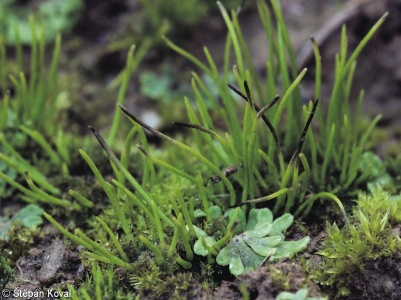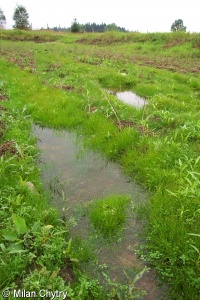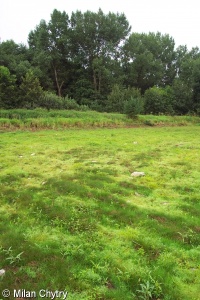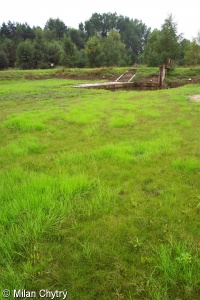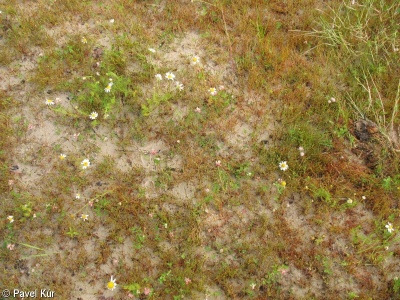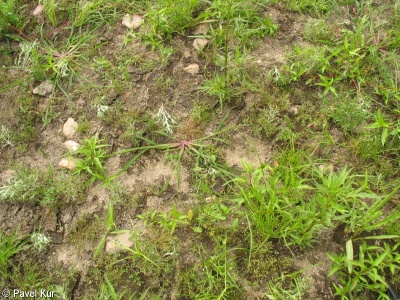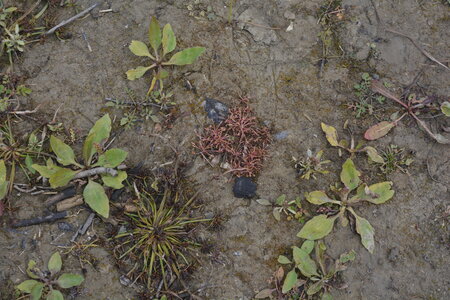Q62 Periodically exposed shore with stable, mesotrophic sediments with pioneer or ephemeral vegetation
This habitat type is found along the periodically emergent shorelines of rivers, on exposed bottoms of permanent lakes and ponds, in wetlands at the edges of arable fields and ephemeral flush habitats (vernal pools). In rivers and lakes, the timing of exposure of their shoreline depends on the precipitation seasonality and snowmelt time. This habitat type also includes artificial ponds drained in summer in intervals of several years as a part of their management. Vegetation is dominated by annual, low-growing and competitively weak plant species. After water draw-down on exposed pond bottoms and river shores, this vegetation can be overgrown by competitively stronger tall annuals, which indicate a successional development towards habitat Q61.
Chytrý M., Tichý L., Hennekens S.M., Knollová I., Janssen J.A.M., Rodwell J.S. … Schaminée J.H.J. (2020) EUNIS Habitat Classification: expert system, characteristic species combinations and distribution maps of European habitats. Applied Vegetation Science 23: 648–675. https://doi.org/10.1111/avsc.12519
Version 2025-10-03, https://doi.org/10.5281/zenodo.16895007.
For the official presentation of the EUNIS Habitat Classification from the European Environment Agency, please see: EUNIS Terrestrial Habitat Classification 2021. The FloraVeg.EU presentation may show modifications and partial updates to the habitat classification.

1.jpg)
